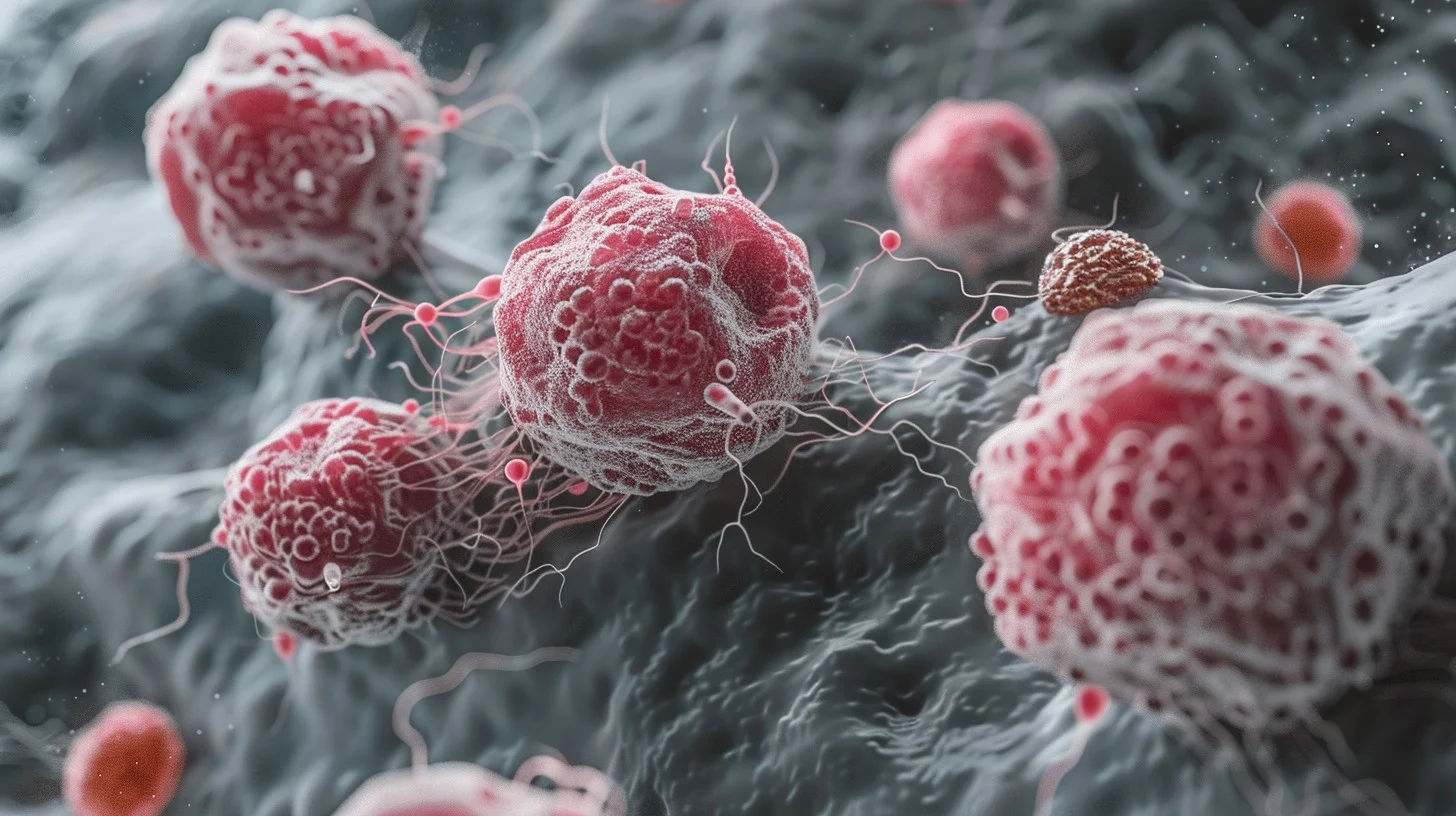Introduction
Cancer diagnosis has always been a complex and challenging process. Traditional methods often rely on human expertise, which can sometimes lead to errors or delays. However, with the advent of artificial intelligence (AI)Revolutionizing Cancer Diagnosis: How AI is Changing the Game , the landscape of cancer diagnosis is rapidly changing. AI Revolutionizing Cancer Diagnosis: How AI is Changing the Game has the potential to revolutionize how we detect and treat cancer, making the process faster, more accurate, and personalized.

The Role of AI in Cancer Diagnosis
AI technologies, such as machine learning and neural networks, are at the forefront of this revolution. These technologies can analyze vast amounts of medical data, including imaging and pathology reports, to identify patterns that might be missed by the human eye. For instance, AI can examine tissue samples and detect cancerous cells with remarkable precision.
Benefits of AI in Cancer Diagnosis
One of the most significant benefits of AI in cancer diagnosis is its ability to increase accuracy and enable early detection. Early detection is crucial in cancer treatment, as it often leads to better patient outcomes. AI systems can process and analyze data much faster than humans, reducing the time it takes to diagnose a patient. This speed can be life-saving.
Moreover, AI reduces the likelihood of human error. Doctors are highly skilled, but they are also human and can make mistakes. AI can serve as a second pair of eyes, ensuring that nothing is overlooked. Additionally, AI can help create personalized treatment plans by analyzing a patient’s unique genetic makeup and medical history.
AI in Imaging Techniques
AI helps in reading medical images like X-rays, MRIs, and CT scans. It can spot tiny details that doctors might miss. This leads to better and faster diagnosis.
AI in Genetic Analysis
AI can analyze a patient’s genes to find mutations linked to cancer. This helps in understanding the type of cancer and choosing the best treatment. It makes treatments more personalized.

AI in Monitoring and Follow-Up
AI tools can track a patient’s progress during and after treatment. They can alert doctors to any changes or signs of recurrence. This ensures continuous and effective care.
AI in Drug Discovery
AI speeds up the process of finding new cancer drugs. It can predict how different drugs will work on cancer cells. This helps in developing new treatments faster and more efficiently.

Case Studies and Real-World Applications
Several hospitals and research centers are already using AI to improve cancer diagnosis. For example, the Winship Cancer Institute has integrated AI into its diagnostic processes, leading to more accurate and timely diagnoses. Another notable example is Paige, a startup that uses AI to analyze tissue samples and assist pathologists in making faster, more accurate diagnoses.
These real-world applications demonstrate the transformative power of AI. Patients have benefited from earlier detection and more effective treatment plans, leading to better outcomes and improved quality of life.
Challenges and Ethical Considerations
Despite its many benefits, the use of AI in cancer diagnosis is not without challenges. Data privacy and security are major concerns. Medical data is highly sensitive, and ensuring its protection is paramount. There are also ethical considerations, such as the potential for AI to make decisions that could impact patient care.
Overcoming resistance to AI adoption is another challenge. Some healthcare professionals may be hesitant to rely on AI, fearing it could replace their roles. However, AI is designed to assist, not replace, human doctors. It can enhance their capabilities and allow them to focus on more complex aspects of patient care.
Future of AI in Cancer Diagnosis
The future of AI in cancer diagnosis looks promising. Emerging technologies and innovations continue to push the boundaries of what AI can achieve. In the next decade, we can expect AI to become even more integrated into healthcare, leading to more precise and personalized cancer treatments.
Globally, AI has the potential to make a significant impact. In regions with limited access to healthcare, AI could provide much-needed diagnostic support, helping to bridge the gap and improve patient outcomes worldwide.
Conclusion
AI is undoubtedly changing the game in cancer diagnosis. Its ability to analyze vast amounts of data quickly and accurately is transforming how we detect and treat cancer. While there are challenges to overcome, the benefits far outweigh the drawbacks. As AI continues to evolve, it will play an increasingly vital role in the fight against cancer, offering hope for a future where cancer is detected early and treated effectively.

